- The Xinchang Giant Buddha is the essence of the humanistic landscape in the Giant Buddha Temple, which lasted for 30 years
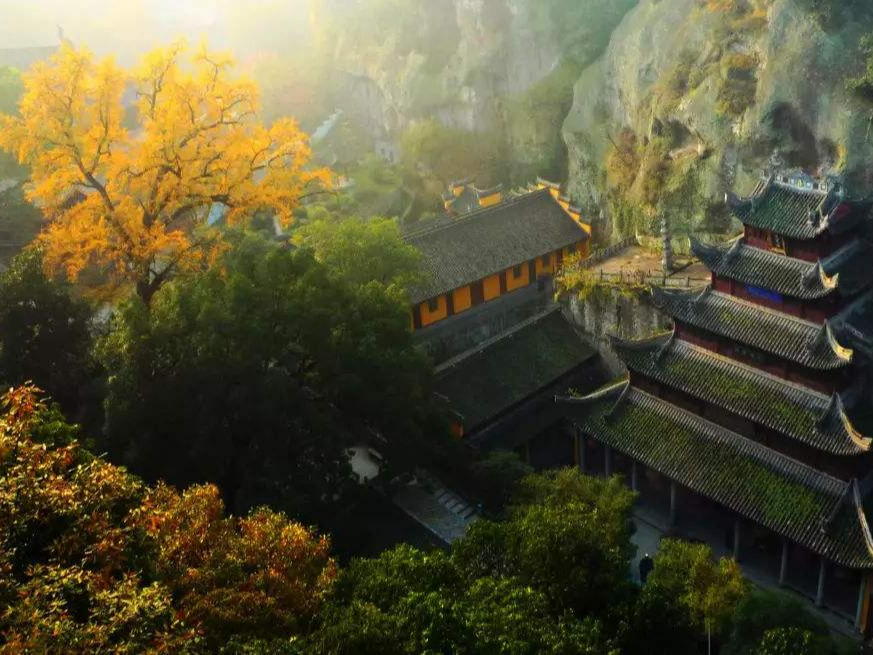
According to records, in 486 AD, the monk guard came to Shicheng. He saw the blue cliff of Xianji Rock which was tens of feet high. The water dinged under the rock wall, like listening to the music of the strings and chanting Amitabha. Land, established the original Maitreya, and respected the ambition of a thousand feet. Since then, he has recruited everywhere and prepared carefully. After ten years, he officially started work. But after a year of business, he was exhausted. Only when he sculpted out a relief-like facial contour, he fell ill. When he died, he asked his apprentice monk to "my place" It is not expected that it will be done in a lifetime, and it is my ambition to regenerate."
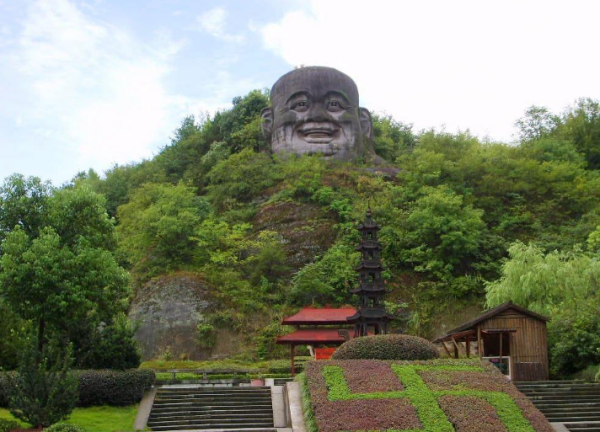
After the monk guarding the garden died, the monk continued to sculpt. Although slack in the night, due to the arduous project and lack of funds, it was difficult to sustain it. It was only in the sixth year of Tianjian (507) that he received great support from Emperor Wu Liang and King Xiaowei of Jian’an, and sent Sengyou to design and direct the construction. Sengyou was a generation of monks at that time, a first-class architect and statue master, with funding With the guarantee of the talents, the Great Buddha was able to be completed, which is known as the "Sansheng Sacred Relic".
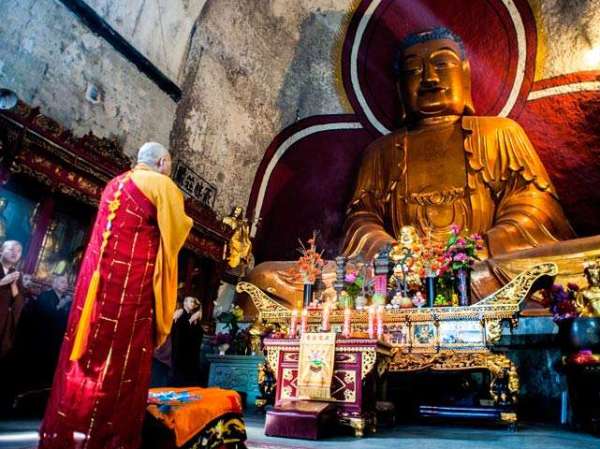
The stone Maitreya statue is 1.91 meters high, the Buddha is 13.74 meters high, the head height is 4.87 meters, the ear length is 2.8 meters, the mouth width is 1.28 meters, and the knees are 10.6 meters apart. The Buddha statue has a clear bone, a broad forehead, a high nose, slender eyebrows, thin lips, two earlobe shoulders, fine carvings, elegant and smooth lines, and elegant temperament, expressing the Buddha's quiet, wisdom, firm, and detached inner world , Careful observation, making people feel horrified and calm, with a deep mood. The proportions of the various parts of the Buddha statue use the principle of perspective, and the head is specially enlarged, so that the viewer can receive enlightenment and baptism when looking up at the Buddha's face, but must grasp the scale of the enlargement without any sense of imbalance. This was in 1500 It's an amazing creation to handle it so well before.
The Giant Buddha was a great creation in art and religion at that time, and represented the highest level of craftsmanship of that era. The age and value of the statues are comparable to those of Yungang Grottoes and Longmen Grottoes. They are the only outstanding achievements of early Chinese cave statues in the south. Liu Xie, a famous literary theorist from the Southern Dynasties, wrote "The Stone Statues and Steles of Yanshan Shicheng Temple made by King Liang Jian'an" for him, known as "the treasure of immortality, the infinite industry". The "Compendium of General History of China" and "Compendium of Chinese History" edited by famous Chinese scholars Fan Wenlan and Jian Bozan all included the carving of the Xinchang Buddha as a major event and deleted it. Now, the Great Buddha has an outstanding reputation in China and East and West Asia.
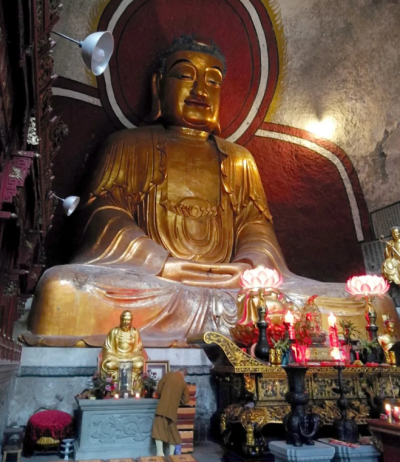
The hall outside the niche was originally built in the Kaiyuan period of the Tang Dynasty. The pavilion was built in the fifth year of Huichang of the Tang Dynasty (845), and it was rebuilt in the fifth period. It was named Ruixiang Temple, the first year of Dazhongxiangfu (1008), and it was named Baoxiang Temple and the 9th year of Yongle in Ming Dynasty. 1411) Reconstruction of the three-story five-yoke of the Buddhist pavilion, named Pilu Pavilion, built a beamless bridge in the 29th year of Wanli (1601), and the current five-story five-yoke was rebuilt in the 19th year of Guangxu (1893). In 1981, it was overhauled to reshape Manjusri and Samantabhadra, and reshape the eighteen arhats. The main building was changed to a five-story seven-story building. It was built on the cliff, with the top of the mountain, the cornices and the corners, and the tower was stepped back into the tower. The appearance is magnificent and exquisite. steady. The plaque in Xiaoyao Building is written by Tang Yan Zhenqing; the Daxiong Hall is written by Yuyue of the Qing Dynasty. The couplets in the hall are written by the same source, and the phenomenon of Huayan Dharma in Nanming is Cai Yuanpei.
The 11th Golden Week is coming soon, do you want to go to Jiangnan together? Editor/He Yuting
Comment
 Praise
Praise
 Collect
Collect
 Comment
Comment
 Search
Search


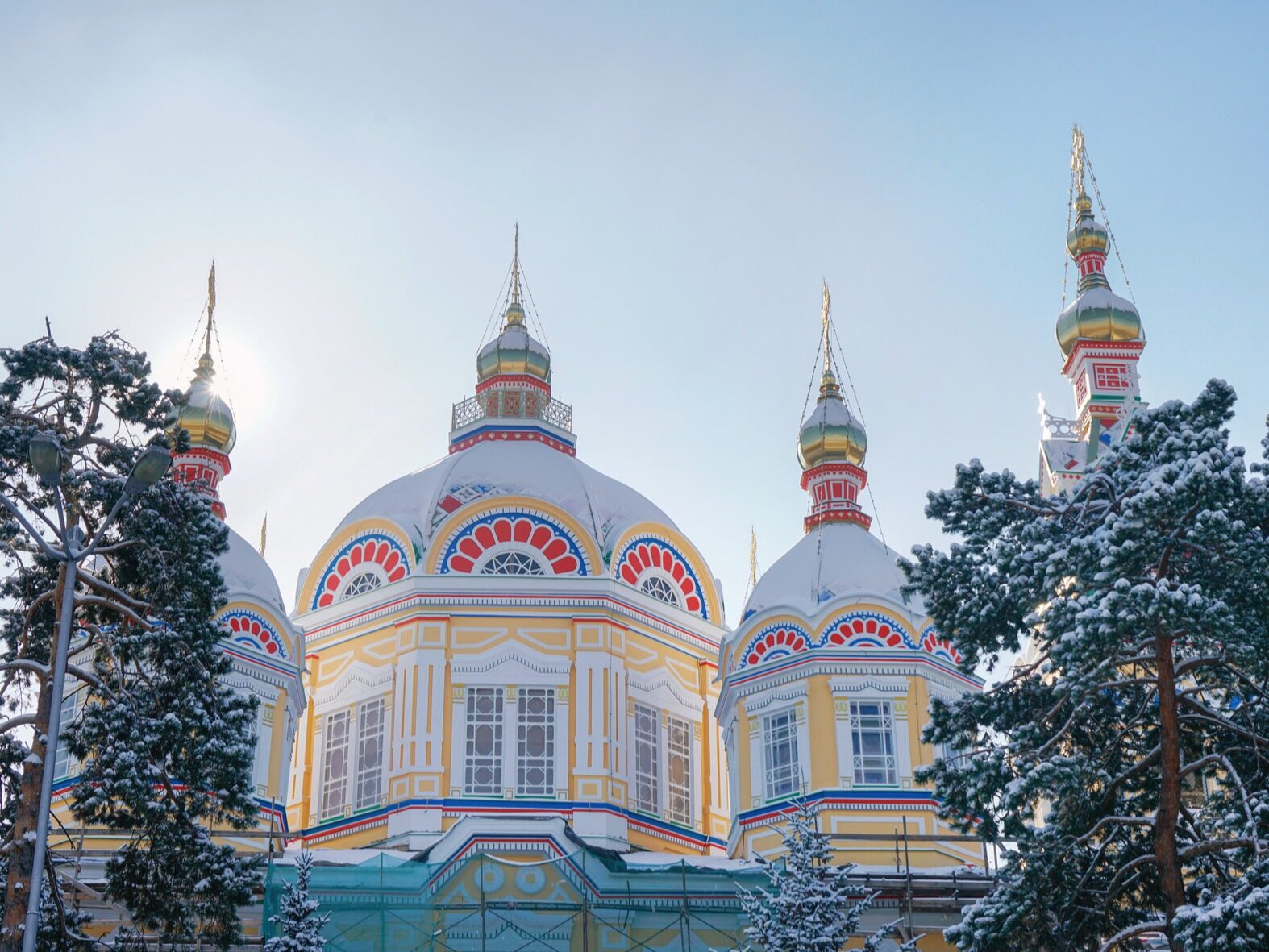


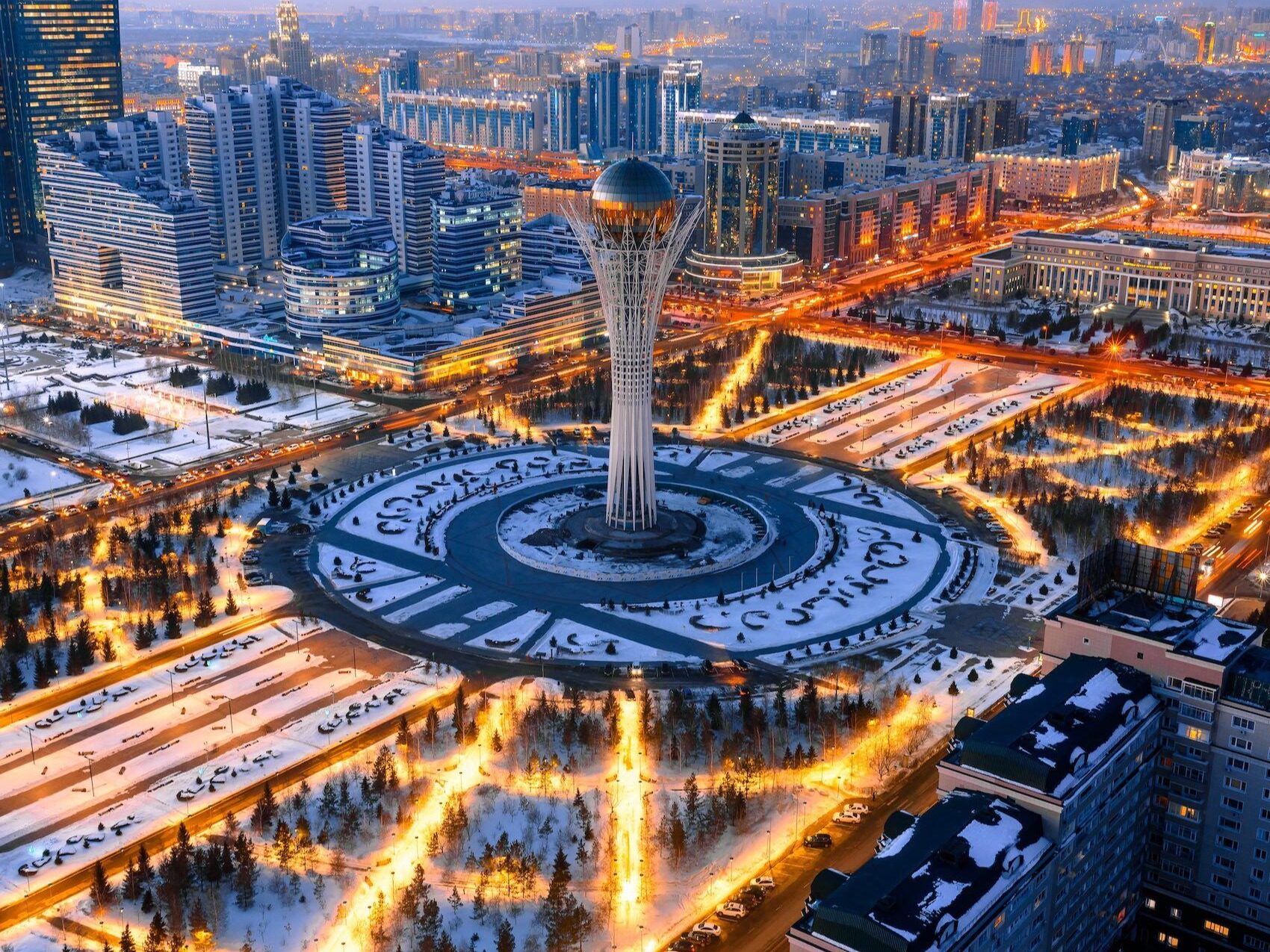
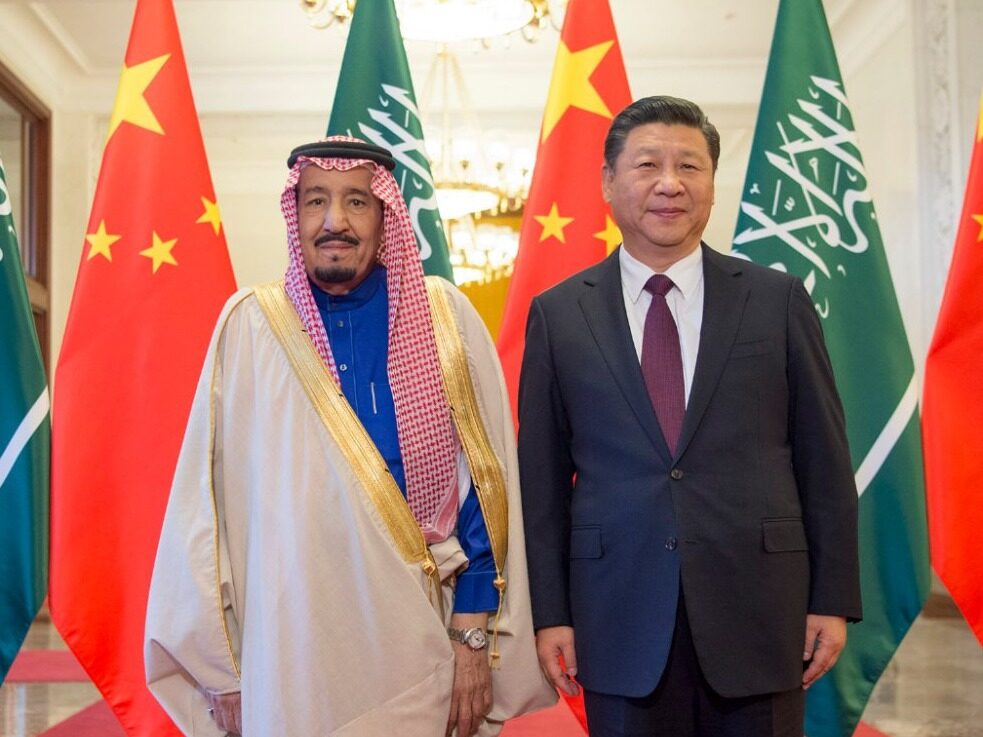







Write something~